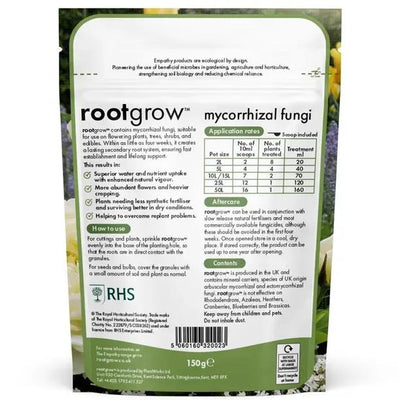Wintergreen Chinese Barberry Plants
-
Use: Secure hedge, specimen shrub
-
Height: Up to 3m
-
Growth: Medium. Dense, thorny habit
-
Soil: Any well-drained soil
-
Light: Sun to partial shade
-
Type: Evergreen thorny shrub
-
Species: Berberis julianae
-
Bareroot Delivery Only: Nov-March
Appearance, Growth & Uses
Berberis julianae, known as Wintergreen, Chinese, or Julia's Barberry, is a dense, seriously spiny shrub that makes a strong, impenetrable hedge of up to 3m.
Its new spring leaves unfurl in copper shades amongst yellow flowers, which ripen into black berries.
The evergreen leaves mature to dark green in summer, then turn warm ruddy red late Autumn.
The dense growth and long spines make an excellent intruder-proof hedge.
Features
Growing Conditions
-
Soil: Any well-drained soil
-
Light: Sun to partial shade
-
Moisture: Moderate, well-drained
-
Avoid: Waterlogged sites
-
Maintenance: Very tough, clips well
-
Hardiness: Very hardy to -15C, salt tolerant
Barberries will grow well in sun or partial shade but you'll get the best flowers and berries in a sunny position.
They're great for exposed or seaside gardens, and for polluted inner city sites.
Garden Design Ideas
A secure hedging plant with year round interest is rare, your other options that fit that bill are pretty much Berberis darwinii, and Pyracanthas.
Its yellow spring flowers, copper-tinted young leaves, and pleasant autumn foliage colours that kick in when the last herbaceous perennials are dying back and then last all winter all make it an excellent evergreen backdrop to any flower border.
It's a great plant for wildlife gardens:
Features
- The early single flowers are a vital source of food for bees, which become active in the cold seasons whenever the temperature is above 10C.
- Like most of the barberries, its dense stems are perfect cover for small garden birds, especially those that nest near the ground, such as wrens.
- The berries aren't very showy, but blackbirds and thrushes love them.
History & Trivia
A native of Central China, this is one of the hardiest barberries, tolerating temperatures as low as -15C.
This species was brought to Britain from China by the prolific plant collector Ernest H Wilson in 1900. It was named by the German botanist Camillo Schneider (1876-1951), after his wife, Julia.
Herr Schneider should have gone down in history as the 20th century's greatest Berberis scholar, but his life's academic work and manuscripts were destroyed by Allied bombing in 1943.








 Secure, One-Tap Checkout
Secure, One-Tap Checkout
 Hand Picked, Delivered to Your Door!
Hand Picked, Delivered to Your Door! 1 Year Bareroot Guarantee
1 Year Bareroot Guarantee









